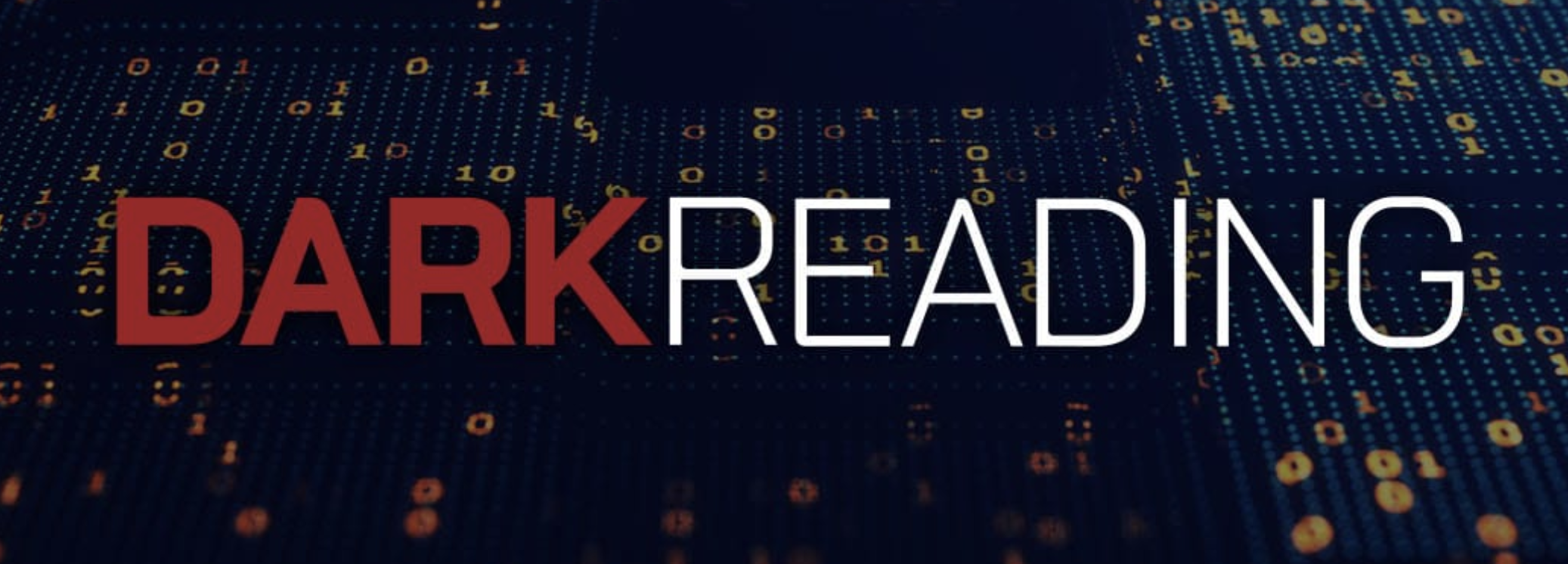
- 15 December, 2021
2022 and Beyond: Quantum AI, Graph Neural Networks, and Personal Data Pods
![]() The new year will bring us many exciting developments in data-enabling technologies including the merging of artificial intelligence with quantum computing and graph neural networks, which will power extremely complex, next-generation algorithms. Knowledge graphs will become lego-like with the ability to be plugged into diverse applications. With mounting concern over social media sites using personal data, expect new ways for users to regain control with “personal data pods.” Enterprises will interweave graphs with document and time-series databases to create a single enterprise-wide data fabric.
The new year will bring us many exciting developments in data-enabling technologies including the merging of artificial intelligence with quantum computing and graph neural networks, which will power extremely complex, next-generation algorithms. Knowledge graphs will become lego-like with the ability to be plugged into diverse applications. With mounting concern over social media sites using personal data, expect new ways for users to regain control with “personal data pods.” Enterprises will interweave graphs with document and time-series databases to create a single enterprise-wide data fabric.
Quantum AI Environments Will Emerge
With recent advances in quantum computing, in 2022, we will start to see the convergence of quantum computing with artificial intelligence, knowledge graphs, and programming languages. These distinct technologies will start to morph into a single computing environment operating in one memory space as a fully integrated solution. The separation between programming and AI/analytics will begin to blur as developers use Quantum-based computer languages to generate incredibly complex, next-generation AI algorithms and applications that result in new discoveries based on the quantum acceleration of machine learning and deep learning.
Graph Neural Networks (GNNs) Will Advance AI Reasoning
In the past few years, organizations have experienced the advantages of combining graphs with artificial intelligence. In 2022 and beyond, leading companies will apply machine learning’s advanced pattern matching to graph neural networks (GNNs), which are complex high-dimensional, non-Euclidian datasets. By fusing GNN reasoning capabilities with classic semantic inferencing available in AI knowledge graphs, organizations will get two forms of reasoning in one framework. Automatically mixing and matching these two types of reasoning is the next level of AI and produces the best prescriptive outcomes. This “total AI” is swiftly becoming necessary to tackle enterprise-scale applications of mission-critical processes like predicting equipment failure, optimizing healthcare treatment, and maximizing customer relationships.
Read the full article to see the additional predictions:







